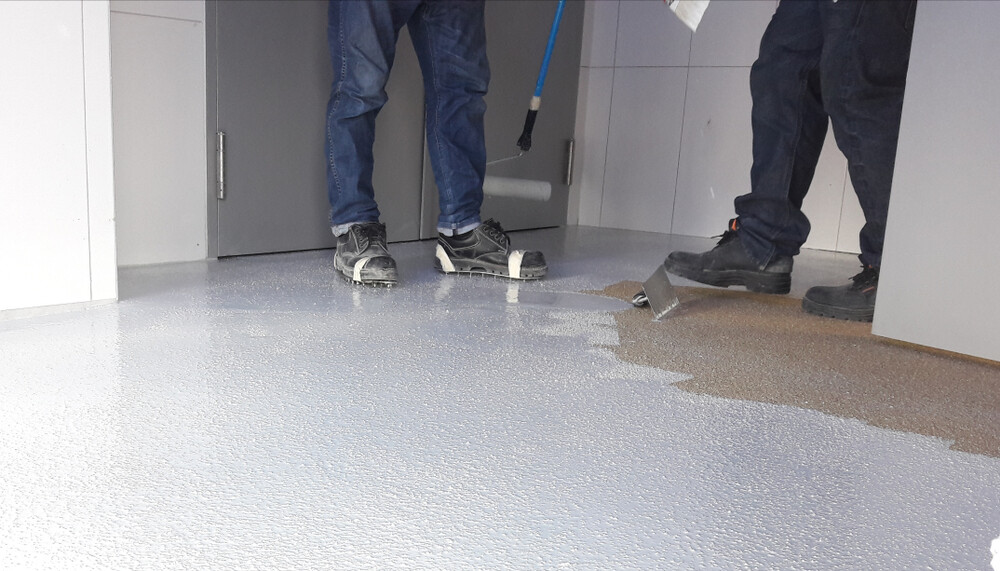
Epoxy flooring is one of the most popular surfaces to choose for the bathroom or kitchen, because it can withstand both moisture and dirt. It’s durable, it doesn’t crack and peel, and it’s easy to clean. However, over time, epoxy floors can chip, bubble, and peel if they aren’t maintained properly. Fortunately, you can easily repair epoxy flooring yourself with the right supplies.
Inexpensive epoxy flooring products are available at most home improvement stores, and a typical kit includes an adhesive, a primer, and a topcoat. Some flooring products come with a primer and a topcoat, while others come with only the adhesive, or a primer, a topcoat, and a catalyst to accelerate the curing process.
Some epoxy flooring products are designed to be scuffed or bumped up. A product that includes a grit layer in the topcoat helps prevent scratches and scuffs, and a product that includes a sand layer in the topcoat is made for kids and pets.
Some epoxy flooring products require a curing time of up to 24 hours, while others only require a few minutes. Make sure you select the right product for your application.
If you are considering epoxy installations in Aurora, IL for your bathroom or kitchen, then you are probably already familiar with the many benefits it offers. While there are several types of epoxy products, it’s probably best to stick to one type. You can use the same adhesive on any type of surface, including vinyl, tile, linoleum, or natural stone.
Before you begin, make sure the surface is clean. Use a mild detergent, such as non-abrasive dish soap. Avoid strong chemicals, which can damage the epoxy or cause it to peel.
Use a clean, soft cloth to remove any dust or dirt. Wipe away any residue with a damp cloth.
Depending on the product, you may have to sand the surface to remove any peeling or loose materials. When the product contains a sand layer in the topcoat, make sure you sand the surface prior to applying the adhesive.
The sand layer helps fill any holes or cracks and provides a smooth surface. If the product doesn’t have a sand layer, you can sand the surface prior to applying the adhesive. Sanding the surface prior to applying the adhesive creates a smooth surface for the adhesive to bond to.